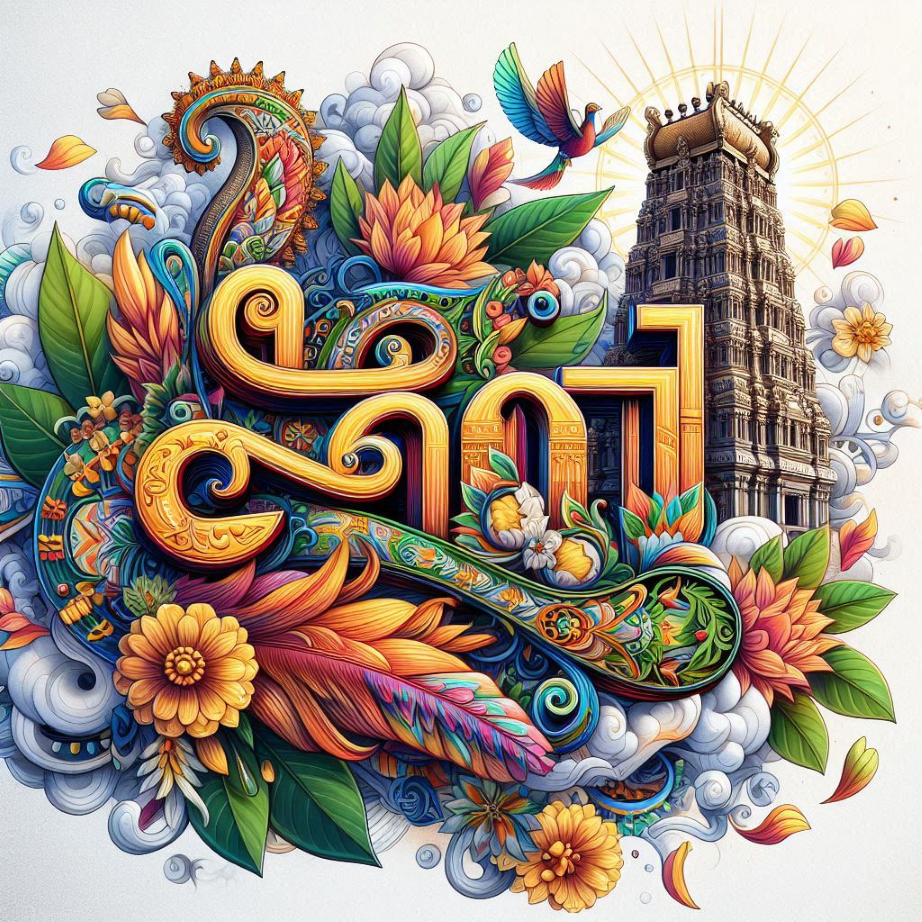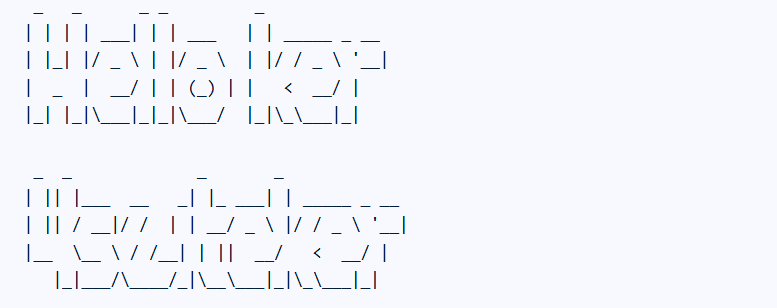Tamil is an Oldest Living language spoken predominantly in the Indian state of Tamil Nadu and in Sri Lanka. The Tamil script consists of 12 vowels (uyir ezhuthu), 18 consonants (mei ezhuthu), and a special character called the āytam. The script is syllabic, with each letter representing a syllable consisting of a consonant and a vowel or a vowel alone.
Vowels (Uyir Ezhuthu)
The vowels are divided into short (kuril) and long (nedil) vowels.
Short Vowels:
- அ (a)
- இ (i)
- உ (u)
- எ (e)
- ஒ (o)
Long Vowels:
- ஆ (ā)
- ஈ (ī)
- ஊ (ū)
- ஏ (ē)
- ஓ (ō)
- ஐ (ai)
- ஔ (au)
Consonants (Mei Ezhuthu)
The consonants are grouped based on their place of articulation.
Velar:
- க (ka)
- ங (nga)
Palatal:
- ச (ca)
- ஞ (ña)
Retroflex:
- ட (ṭa)
- ண (ṇa)
Dental:
- த (ta)
- ந (na)
Labial:
- ப (pa)
- ம (ma)
Other Consonants:
- ய (ya)
- ர (ra)
- ல (la)
- வ (va)
- ழ (zha)
- ள (ḷa)
- ற (ṟa)
- ன (ṉa)
Special Character
- ஃ (āytam)
Combining Vowels and Consonants
In Tamil, consonants can combine with vowels to form compound characters. Here are a few examples:
- க (ka) + அ (a) = க (ka)
- க (ka) + இ (i) = கி (ki)
- க (ka) + உ (u) = கு (ku)
- க (ka) + ஏ (ē) = கே (kē)
- க (ka) + ஐ (ai) = கை (kai)
Numerals
Tamil also has its own set of numerals:
- ௦ (0)
- ௧ (1)
- ௨ (2)
- ௩ (3)
- ௪ (4)
- ௫ (5)
- ௬ (6)
- ௭ (7)
- ௮ (8)
- ௯ (9)
Example Words
Here are a few example words in Tamil script:
- தமிழ் (Tamil)
- கல்வி (education)
- புத்தகம் (book)
- சொல் (word)
- மழை (rain)
The Tamil script is elegant and phonetic, meaning it closely represents the spoken sounds of the language. This phonetic nature makes it relatively straightforward for learners to read and write in Tamil once they are familiar with the letters and their combinations.
How to visualize the vector 3d in python code
how to visualize the vector 3d in python code : [
[[11, 12, 13],
[13, 14, 15]],
[[15, 16, 17],
[17, 18, 19.]]]
To visualize a 3D vector structure like the one you’ve provided, we can use libraries like Matplotlib in Python. The mpl_toolkits.mplot3d module allows for 3D plotting.
Below is the Python code to visualize your 3D data
import matplotlib.pyplot as plt
from mpl_toolkits.mplot3d import Axes3D
# Data: List of vectors
data = [
[[11, 12, 13],
[13, 14, 15]],
[[15, 16, 17],
[17, 18, 19]]
]
# Prepare x, y, z components for visualization
x = []
y = []
z = []
for vector_group in data:
for vector in vector_group:
x.append(vector[0])
y.append(vector[1])
z.append(vector[2])
# Create a 3D scatter plot
fig = plt.figure()
ax = fig.add_subplot(111, projection='3d')
ax.scatter(x, y, z, c='blue', marker='o') # 3D points
ax.set_xlabel('X axis')
ax.set_ylabel('Y axis')
ax.set_zlabel('Z axis')
# Show the plot
plt.show()
Explanation:
Data Extraction: The x, y, and z values are extracted from the nested lists.
3D Scatter Plot: The ax.scatter function is used to plot the points in 3D space.
Labels: Axes are labeled for better understanding.
When you run this code, it will generate a 3D scatter plot of the points in the data array. Each point corresponds to a vector from the input.
How to create word art using Python and the pyfiglet library
from pyfiglet import Figlet
def generate_word_art(text, font="standard"):
"""Generates word art for a given text using the specified font.
Args:
text: The text to convert to word art.
font: The font to use for the word art (default: "standard").
Returns:
A string containing the word art.
"""
f = Figlet(font=font)
word_art = f.renderText(text)
return word_art
if __name__ == "__main__":
text = "Hello, Word Art!"
font = "banner3-D" # You can try different fonts like "standard", "shadow", "slant"
word_art = generate_word_art(text, font)
print(word_art)
_ _ _ _ _
| | | | ___| | | ___ | | _____ _ __
| |_| |/ _ \ | |/ _ \ | |/ / _ \ '__|
| _ | __/ | | (_) | | < __/ |
|_| |_|\___|_|_|\___/ |_|\_\___|_|
_ _ _ _
| || |___ __ _| |_ ___| | _____ _ __
| || / __|/ / | | __/ _ \ |/ / _ \ '__|
|__ \__ \ / /__| | || __/ < __/ |
|_|___/\____/_|\__\___|_|\_\___|_|
Create a small python code for print word art
Here’s a small Python script to print word art using ASCII characters
from pyfiglet import Figlet
# Initialize Figlet with a font
fig = Figlet(font='slant')
# Input the word
text = input("Enter a word: ")
# Generate and print ASCII art
print(fig.renderText(text))
This script uses the pyfiglet library to generate stylish ASCII text. You can install it using
pip install pyfiglet
Here’s an example of what the output might look like if you enter "HELLO"
_ _ _ _
| | | | | | |
| |__| | ___| | | ___
| __ |/ _ \ | |/ _ \
| | | | __/ | | (_) |
|_| |_|\___|_|_|\___/
This is generated using the slant font in pyfiglet. You can change the font style by modifying
fig = Figlet(font='slant') # Try 'block', 'standard', etc.





